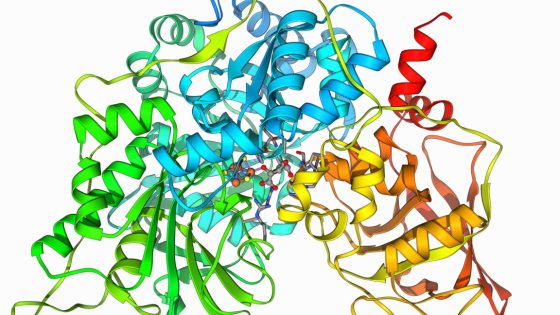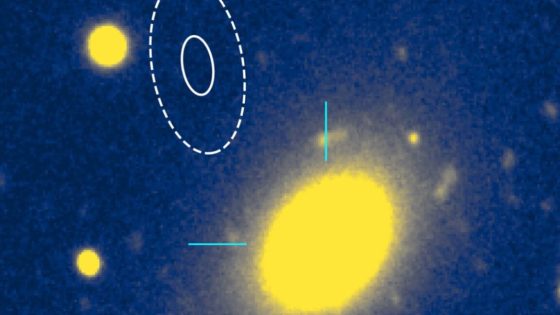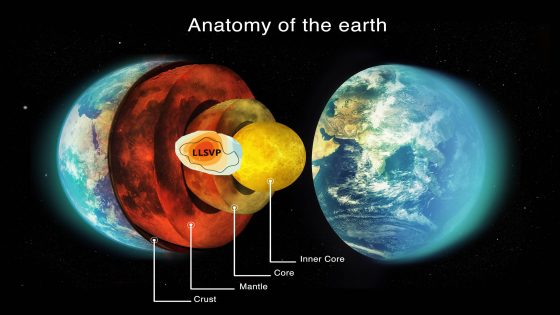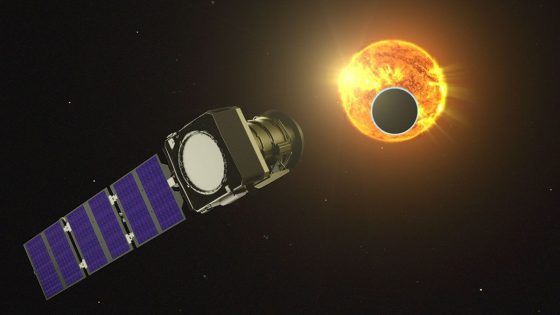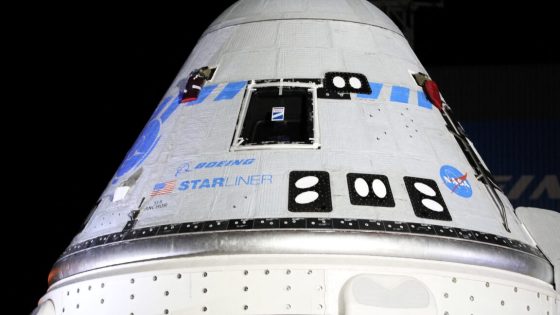Researchers have successfully designed a multi-step enzyme capable of digesting plastics, marking a significant breakthrough in enzyme engineering. This innovative approach, published on February 14, 2025, showcases how artificial intelligence can enhance our ability to create enzymes that tackle environmental challenges. Could this be the key to reducing plastic waste?
- PLACER screening increased enzyme catalytic activity.
- Enzymes initially stalled after one reaction.
- Key intermediate state improved enzyme reactivity.
- Designed esterase can digest PET plastic.
- Computer-aided design reduces experimental workload.
- Evolution could enhance designed enzyme functions.
How AI is Revolutionizing Enzyme Design for Plastic Waste Management
What if we could design enzymes that break down harmful plastics? This is now a reality thanks to recent advancements in AI technology. Researchers have developed an enzyme that can digest PET, a common plastic, using a novel screening process. This could transform how we manage plastic waste in the U.S. and globally.
Key Features of the Newly Designed Enzyme and Its Impact
The newly designed enzyme not only demonstrates the potential for breaking down plastics but also showcases the power of AI in enzyme engineering. Here are some key features:
- Enhanced catalytic activity, increasing efficiency by over three-fold.
- Ability to cleave ester bonds, crucial for breaking down plastics.
- Capable of cycling through multiple reactions, unlike previous designs.
- Potential to evolve further when introduced to bacterial systems.
The Role of AI in Enzyme Engineering
AI plays a critical role in designing enzymes by simulating various structures and predicting their effectiveness. This technology allows researchers to rapidly test and refine enzyme designs, making the process more efficient than traditional methods. The use of AI can lead to the creation of enzymes with unique properties, potentially targeting plastics that have never been encountered by nature.
Future Implications for Environmental Sustainability
The implications of this research extend far beyond enzyme design. With plastic pollution on the rise, innovative solutions like these enzymes could pave the way for more sustainable waste management practices. Imagine a future where engineered enzymes can digest plastics in landfills or oceans, significantly reducing environmental impact. This could be a game-changer for conservation efforts in the U.S. and worldwide.
In conclusion, the development of AI-designed enzymes represents a significant step forward in combating plastic pollution. As we continue to explore the potential of these technologies, we may find new ways to protect our environment and promote sustainability.



